< TCM Regulation Special Topic2 >


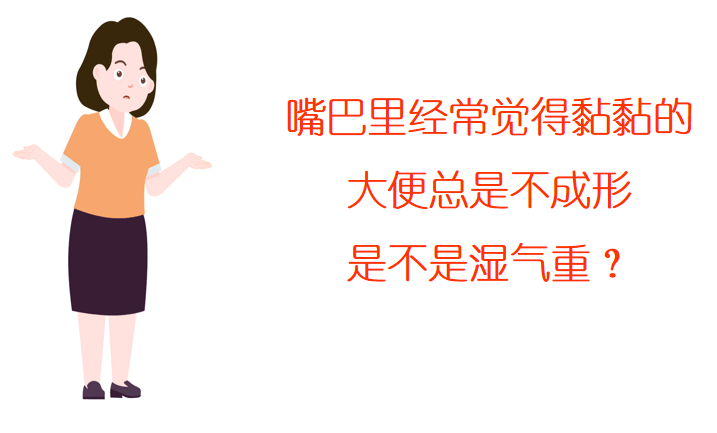
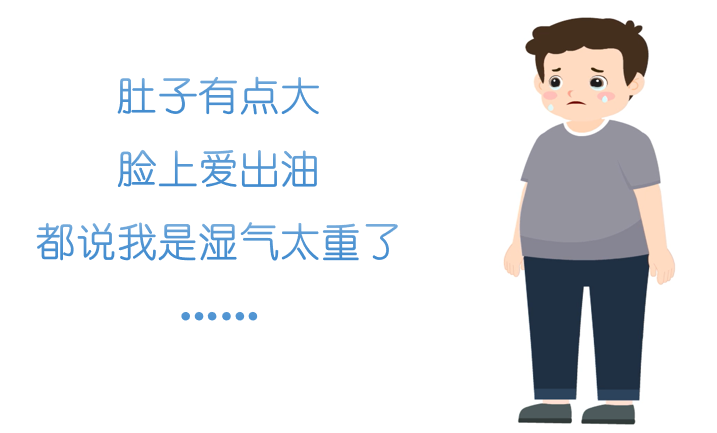
 In fact, “heavy dampness” is a colloquial term for our experience of “damp evil”. Today, let’s discuss what damp evil is and how we can “eliminate dampness”.
In fact, “heavy dampness” is a colloquial term for our experience of “damp evil”. Today, let’s discuss what damp evil is and how we can “eliminate dampness”.
1. What is Damp Evil?

Ancient scholars believed that “wind, cold, heat, dampness, dryness, and fire” are six different climatic changes in nature, collectively referred to as “six qi”. Under normal circumstances, these “six qi” are the conditions for the growth of all things and do not cause illness.
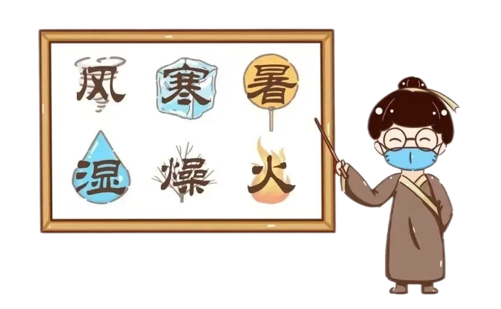
If the changes in the “six qi” exceed the body’s ability to adapt, or when the body’s resistance is insufficient, one is prone to illness. At this point, the “six qi” become pathogenic factors.
When the “six qi” are abnormal, they are referred to as “six evils” or “six pathogens”. Damp evil is one of the six evils, commonly referred to as “heavy dampness”. It often invades our bodies unnoticed, posing various health risks.

2. Different Types of Dampness

1
External Dampness
External dampness is generally caused by environmental factors such as humid weather, exposure to rain, living in damp conditions, or working in water.
Specific manifestations: Joint pain, heaviness, even limited mobility, numbness of the skin, a heavy feeling in the head, as if wrapped in something.
2
Internal Dampness
Internal dampness arises from within the body, often due to spleen and stomach weakness, decreased ability to transform dampness, and accumulation of fluids in the body.
Specific manifestations: Oily hair and face, sticky mouth and tongue, chest tightness, abdominal bloating, loose stools, moist or eczematous perineum, occasional eyelid swelling, lower limb swelling, and athlete’s foot.

3. How Does TCM Eliminate Dampness?

As the saying goes, “It is easy to remove a thousand cold, but hard to eliminate dampness.” Due to its heavy and sticky nature, damp evil is the most difficult of the six evils to expel.
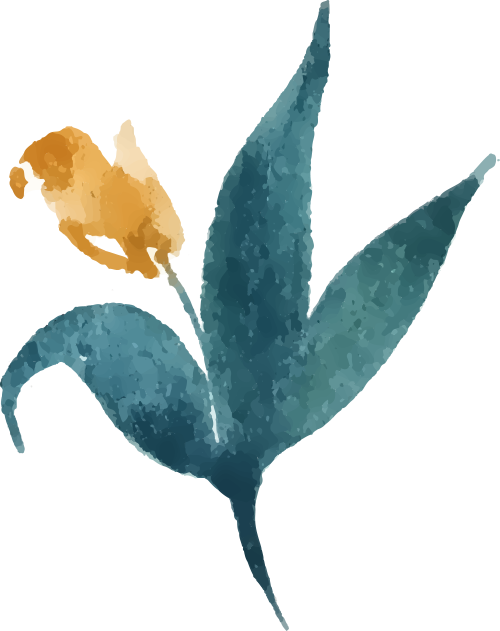
Internal Treatment in TCM

Dietary Regulation
One can use Job’s tears (Yi Yi Ren), red beans (Hong Dou) to make porridge, or cook a soup with fox nut (Qian Shi) and yam (Shan Yao) to strengthen the spleen and eliminate dampness.
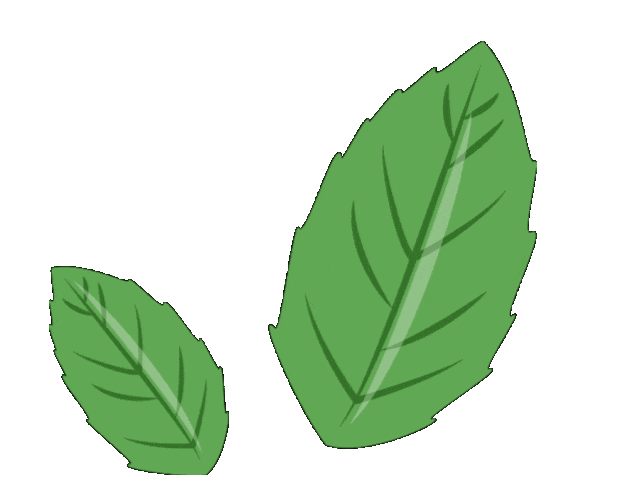
Red Bean and Job’s Tears Porridge
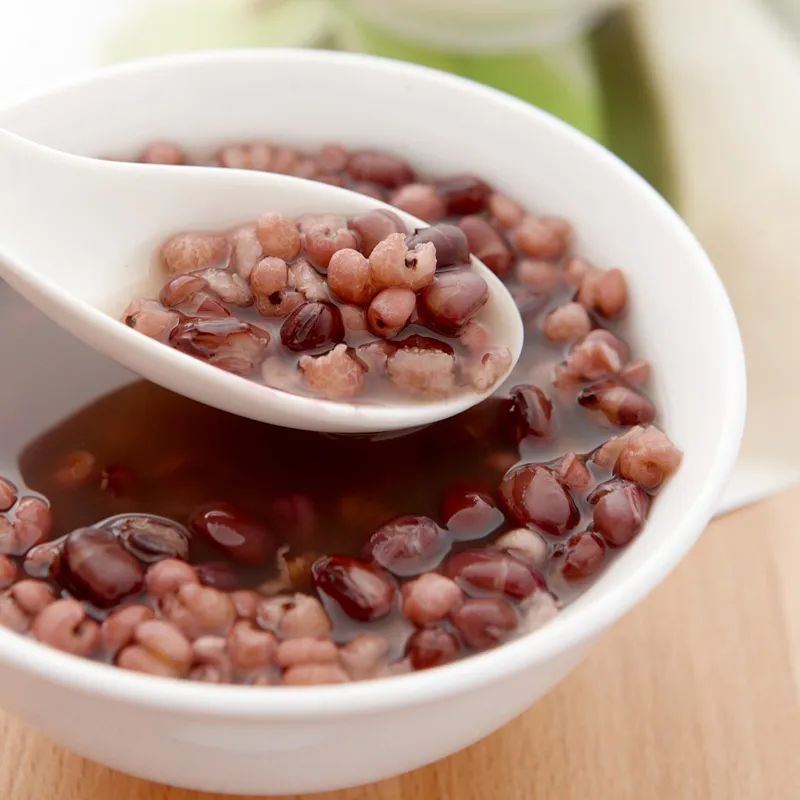
Method: 60g of Job’s tears and 60g of red beans, soak the red beans in cold water for 8 hours, wash and crush the Job’s tears, combine them in a pot, add an appropriate amount of water, and cook into porridge. After cooking, add a little sugar and serve warm.
Contraindications: Those with constipation or pregnant women should use with caution.

Herbal Regulation
Under the guidance of a TCM practitioner, one can take herbal formulas to eliminate dampness, such as Ling Gui Zhu Gan Decoction (Ling Gui Zhu Gan Tang) and Shen Ling Bai Zhu San.


External Treatment in TCM
• Moxibustion Therapy



Moxibustion on the Guanyuan (CV4), Zhongwan (CV12), Zusanli (ST36), Yongquan (KD1) points can warm yang and eliminate dampness.
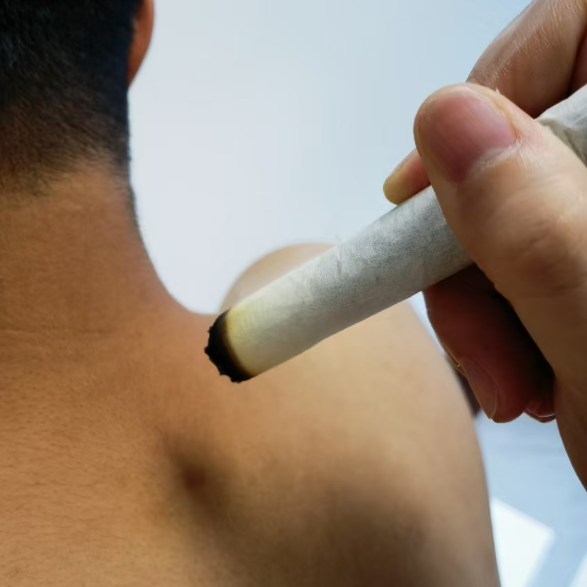
Be cautious of distance during operation to avoid burns and fire hazards.

Common Acupuncture Points
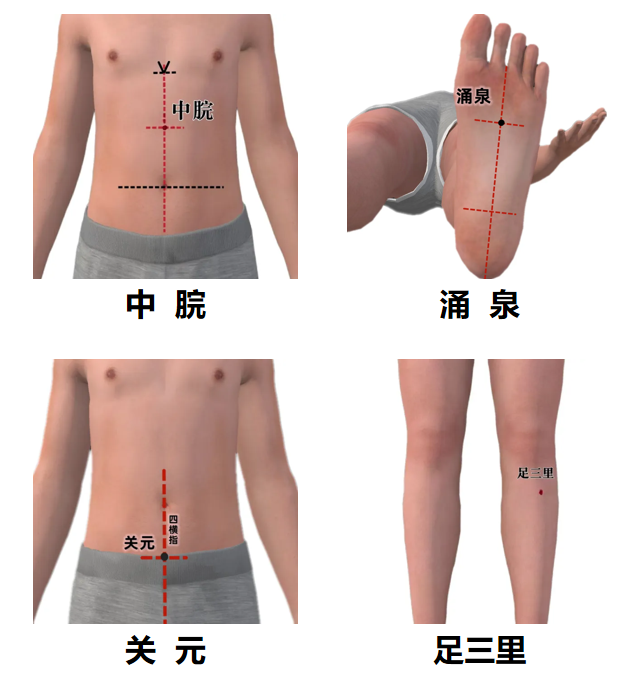
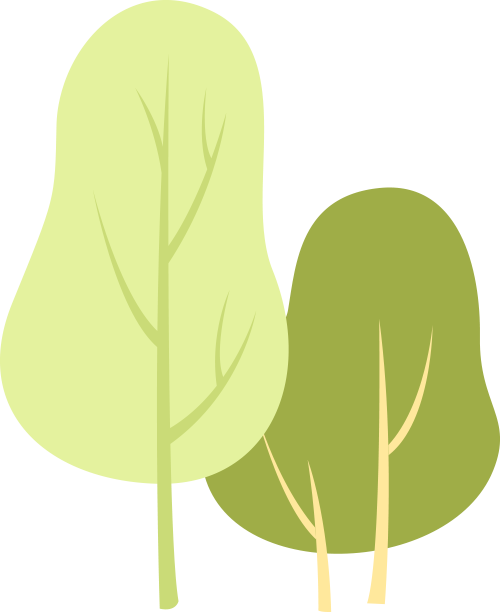
• Herbal Foot Soak



Soaking feet in warm water with added damp-eliminating herbs such as mugwort (Ai Ye) and Chinese prickly ash (Hua Jiao) can promote blood circulation and help expel dampness.

Foot Soak
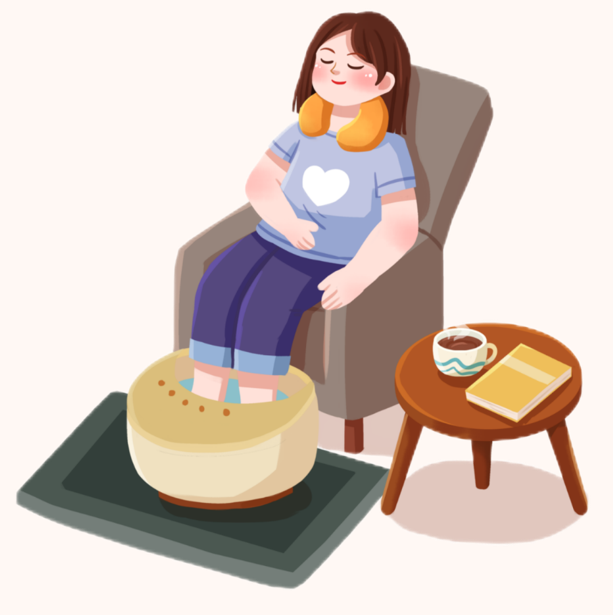

• Gua Sha and Cupping



Gua Sha and cupping can unblock meridians, expel dampness, and detoxify, but be cautious of the frequency and intensity to avoid skin damage.

Gua Sha
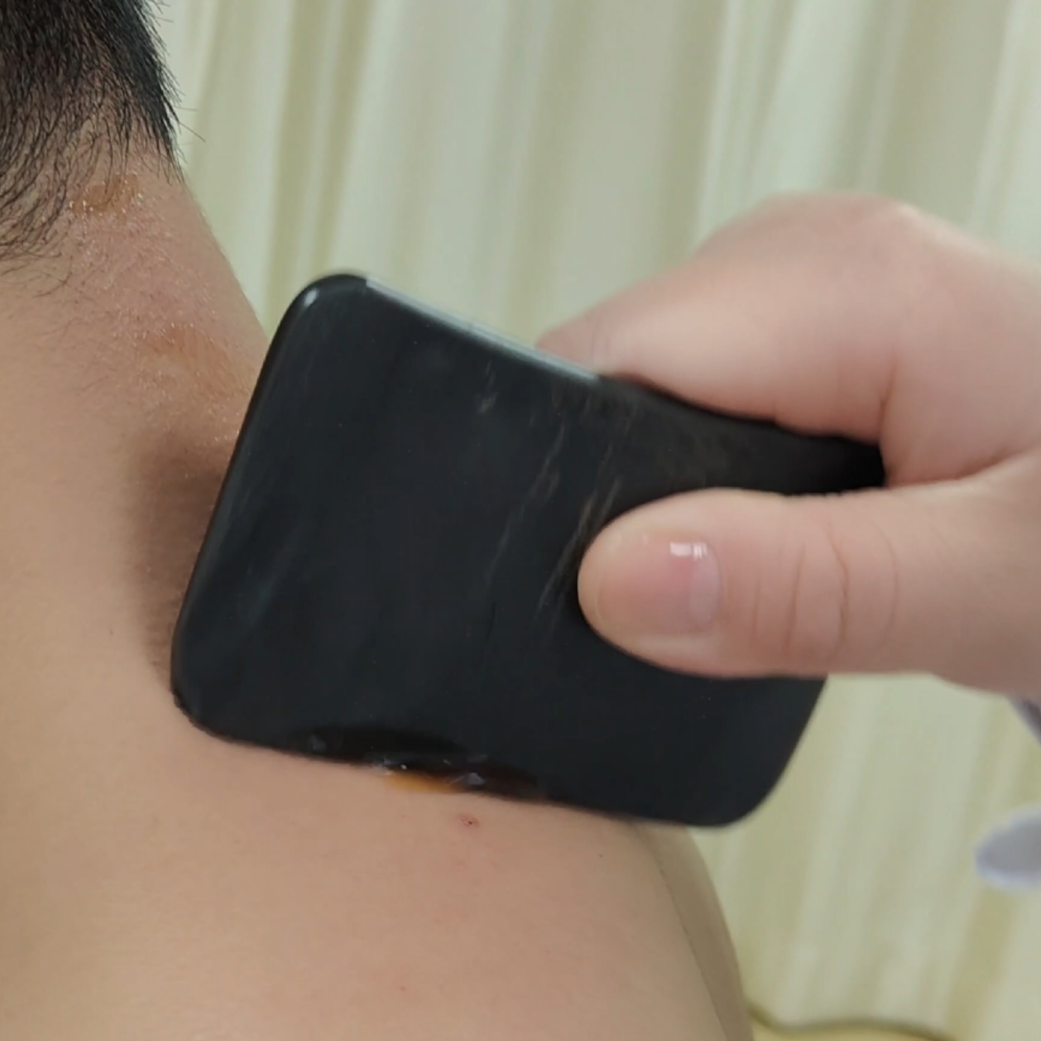

Cupping
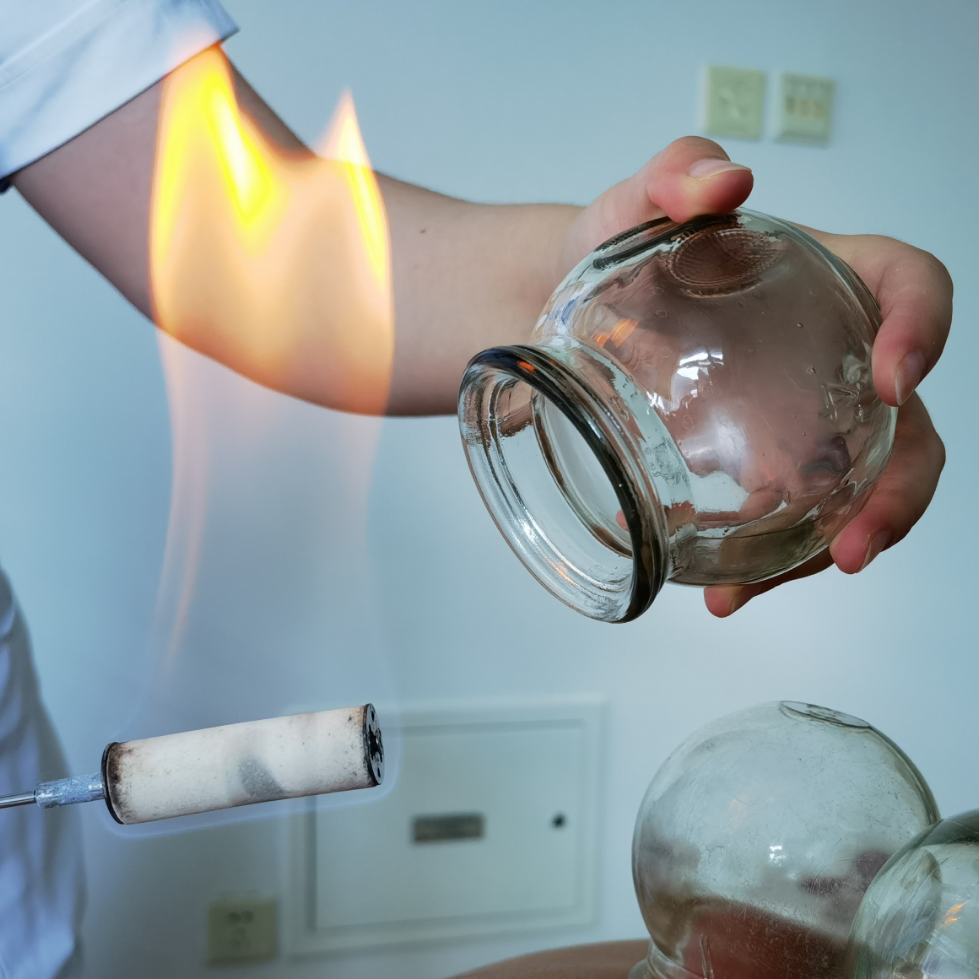

• Acupuncture and Tuina



By stimulating specific acupuncture points, one can regulate the flow of qi and blood, enhance the body’s yang energy, strengthen the spleen, and expel damp evil. Commonly selected points are those along the spleen meridian, such as Xuehai (SP10), Diji (SP8), and San Yin Jiao (SP6).

Acupuncture
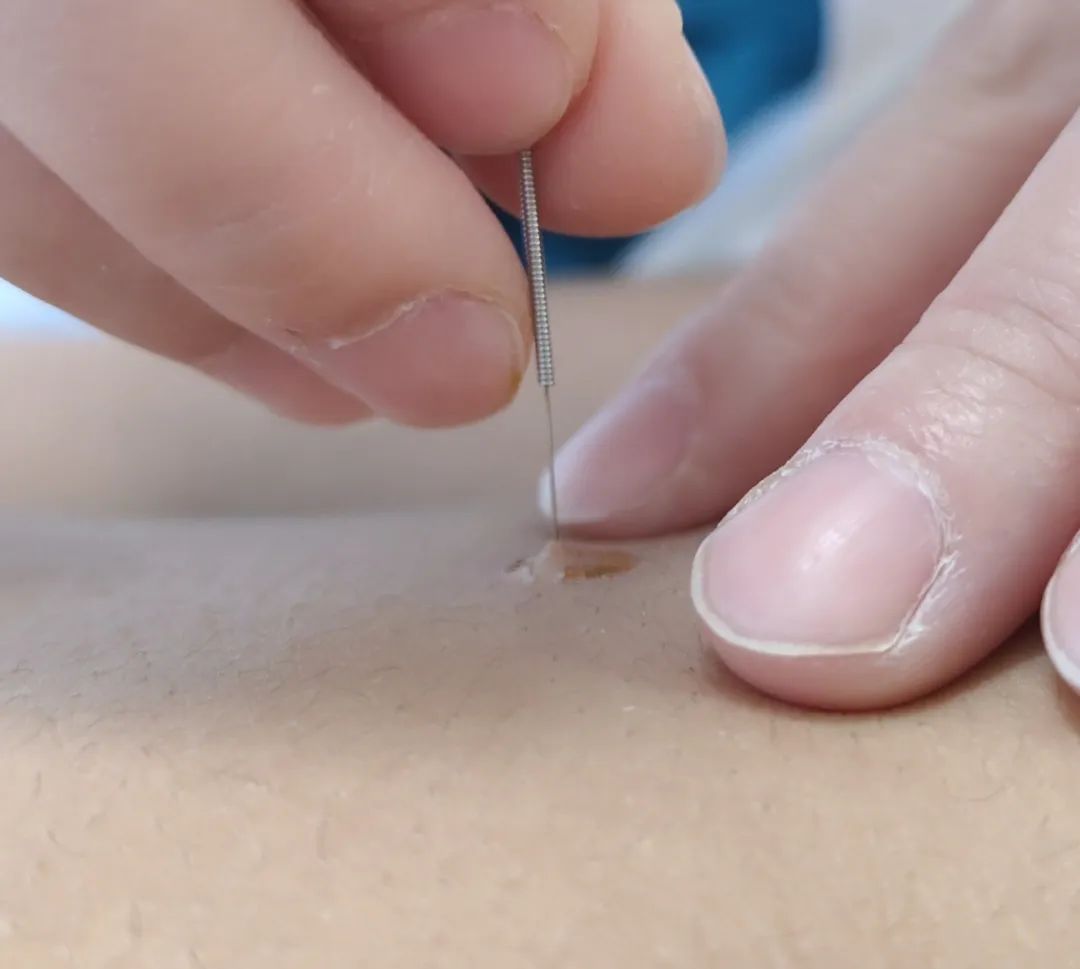
Acupuncture treatment must be performed by a qualified practitioner.

Tuina
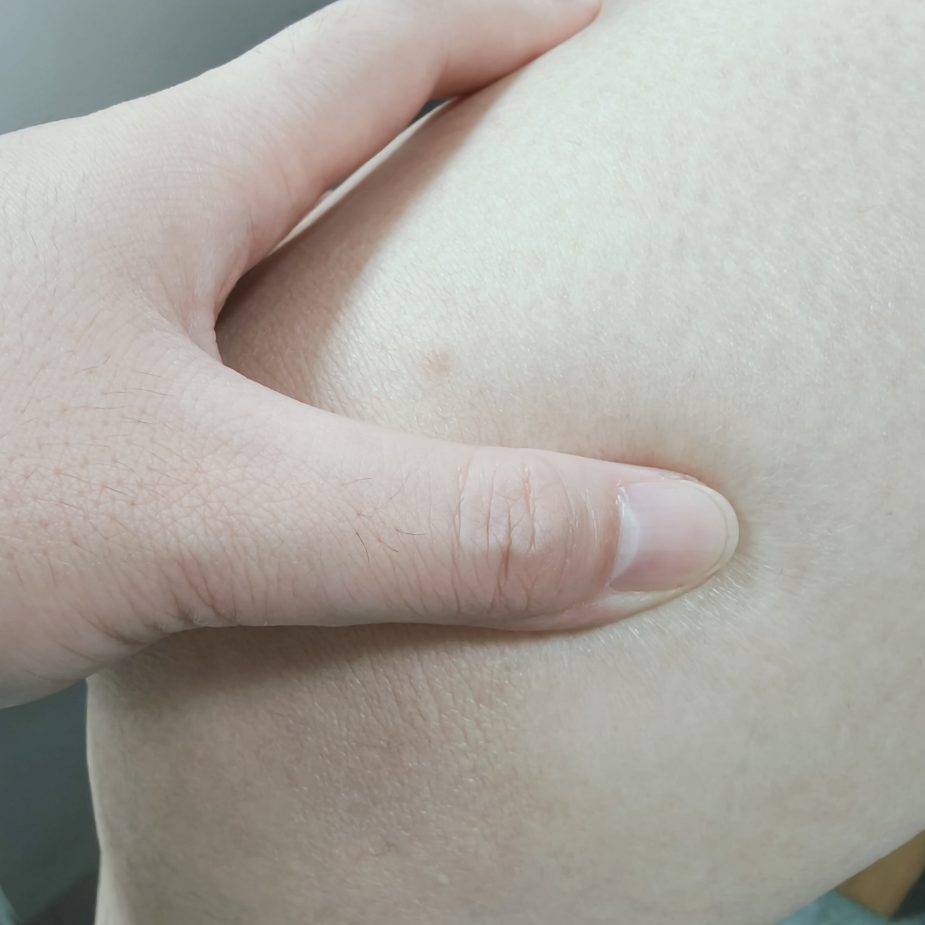


4. How to Prevent Damp Evil in Daily Life

To eliminate dampness, one cannot rely solely on TCM regulation; controlling the source of dampness is crucial.
1
Pay attention to dampness in living environments
Avoid living in damp and dark places, keep indoor spaces ventilated and dry, and regularly air out clothing and bedding. If the environment is humid, consider using a dehumidifier.
2
Improper diet can exacerbate dampness
Avoid eating raw, cold, greasy, sweet, and spicy foods, as these can promote dampness.
3
Improper sleep patterns can worsen dampness
Avoid staying up late and ensure adequate sleep to allow the body sufficient time for self-repair and metabolism.
4
Moderate exercise can expel dampness
Activities such as walking, jogging, yoga, and swimming can help promote blood circulation, enhance metabolism, and expel dampness from the body.
5
Keeping warm can prevent dampness
Especially during seasonal transitions and weather changes, it is important to keep warm to prevent cold and dampness from invading the body.
Just like nurturing the spleen and stomach, eliminating and preventing dampness requires persistence. Using scientific methods to expel dampness also requires maintaining good lifestyle and dietary habits over the long term to prevent excessive production and accumulation of dampness.

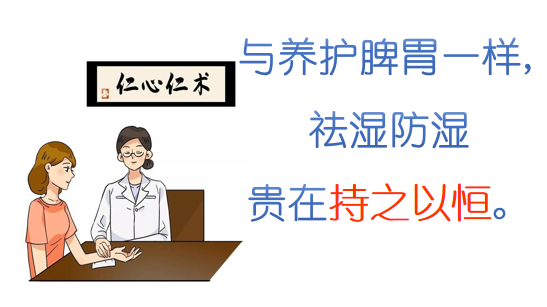
Supporting health and living scientifically, we are with you every step of the way.


Health Science Popularization Team of 305 HospitalWritten by: Liu Quanqin, Ou Caiyan, Wang WeiqiangReviewed by: Wang Tong, Li JialinEdited by: Jin Hairong, Yi Tingjiao

